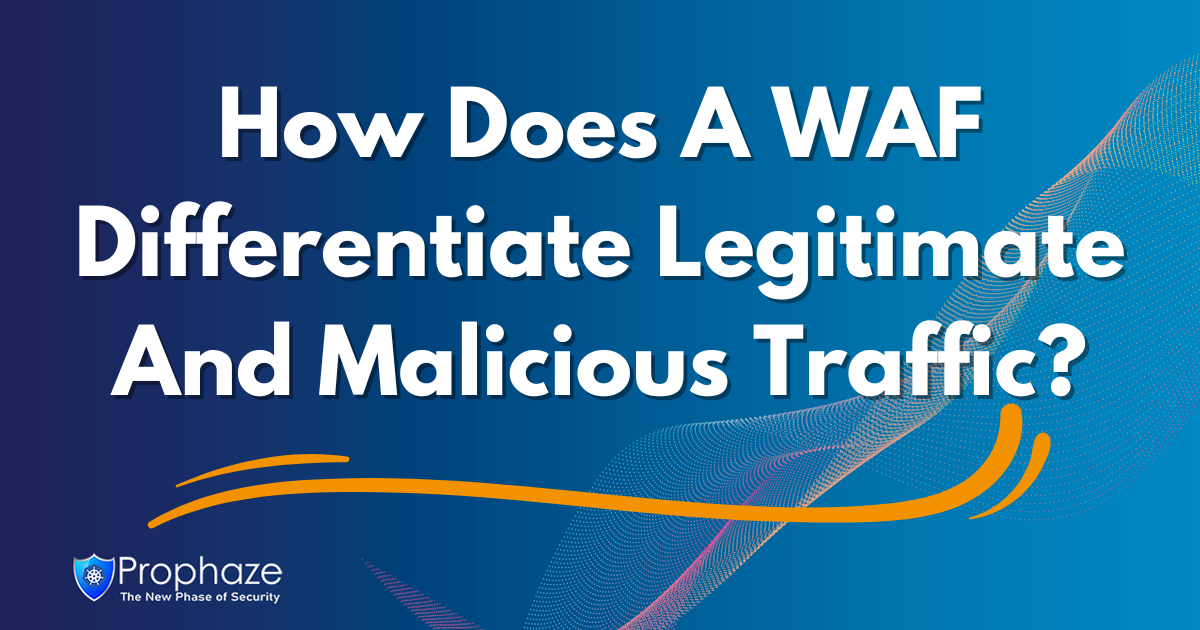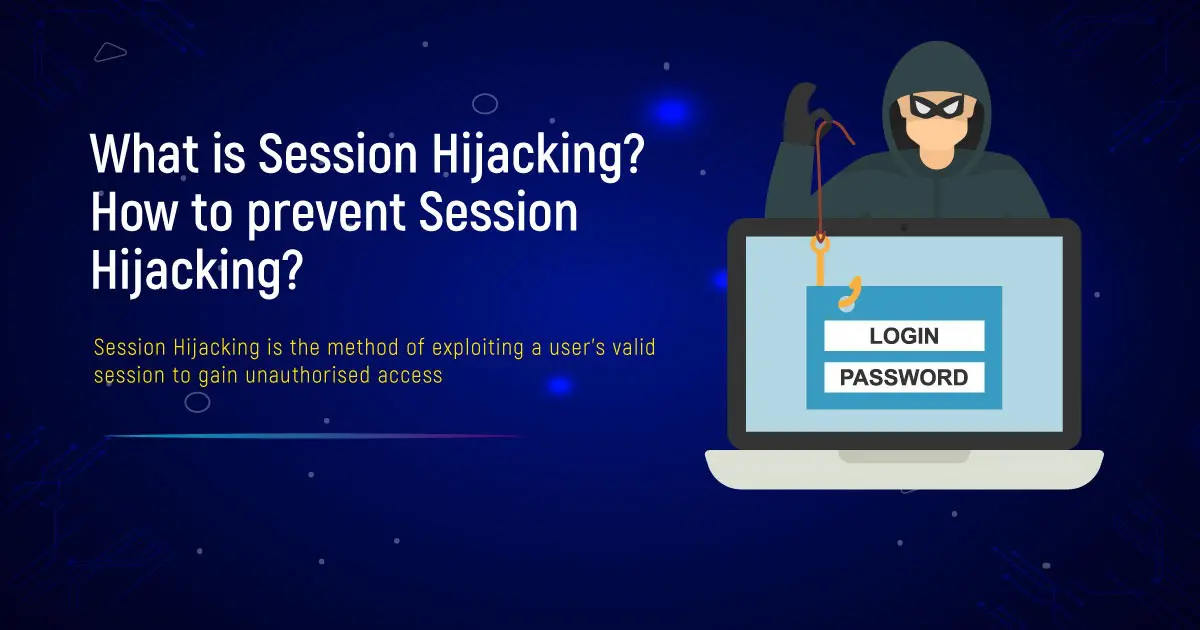Understanding the Limitations of WAFs Against Zero-Day Vulnerabilities
Although a Web Application Firewall (WAF) can offer some form of protection against zero-day vulnerabilities, it may only be somewhat effective. Here’s why:
Signature-based Detection:
To identify the commonly used attack styles in web traffic, conventional WAF tools use signature-based identification. However, unknown to the WAF are zero-day vulnerabilities, as they haven’t been publicly disclosed or patched. Thus, exclusively relying on signature-based detection is inadequate for identifying and securing against potential zero-day attacks.
Behavior-based Analysis:
Using behavior-based analysis techniques, some advanced WAFs can detect irregular behavioral patterns in an application’s use, which may assist in identifying and preventing attacks exploiting zero-day vulnerabilities. This approach might fail to be productive due to its incorporation of heuristic techniques, which may lead to errors in the analysis, whether overreaching or insufficient.
Patching and Updates:
Updating WAFs frequently with the latest security patches and rulesets is necessary to increase their effectiveness at countering emerging threats, including zero-day vulnerabilities, and addressing new vulnerabilities while reducing exposure time significantly, depending on how quickly the WAF vendor releases updates and patches.
Security Research and Threat Intelligence:
Incorporating threat intelligence feeds into web application firewalls and cooperating with security professionals may provide an advantage in obtaining timely alerts for zero-day vulnerabilities. One could make custom regulations or leverage various forms of behavioral analysis using this data to minimize the impact of attacks targeting known vulnerabilities.
Conclusion
While a WAF can offer some degree of protection against zero-day vulnerabilities, it is crucial to recognize that it is not a foolproof solution. A complete security approach comprising secure coding practices and vulnerability management, along with timely patching and threat intelligence, is necessary to minimize the impact of zero-day exploits on organizations. Regularly assessing and updating the security posture of web applications remains crucial to mitigating potential vulnerabilities, including zero-day threats.









